Mobile phones are quickly becoming professional cameras. New phones on the market are starting to feature multiple focal lengths, astoundingly-high-megapixel sensors, and algorithmic photography that can blow a traditional DSLR out of the water. These every-day devices are even starting to rack up similar prices to purchasing a new camera body or pro-grade lens.
The only thing that they don’t have is interchangeable lenses and 35mm sensors. But even getting there isn’t too big a stretch of the imagination.
With the exception of a couple of limitations, it’s completely possible to get professional results on a mobile phone these days. In fact, the only real downside to mobile phones is a lack of telephoto zoom lenses and long-exposure controls on most cameras. Otherwise, they’re able to overcome most technical challenges using computational photography built into every camera or through free, cross-platform applications like the Google-owned Snapseed.
In many cases, mobile phones are perfectly suited for landscape photography. They have wide lenses, get everything in focus, won’t cost more money to take on planes, and don’t require bulky, technical equipment to bring everywhere. It’s the perfect camera for taking with you on Vacation. Because of these major benefits, I always recommend new photographers start out with their mobile phones before running out to grab a DSLR camera. There’s nothing worse than spending all that money, only to find out you don’t enjoy using it, hate editing, or need to spend more to get the photos you want.
So here are my tips for getting the most out of your mobile phone when taking landscape photographs.
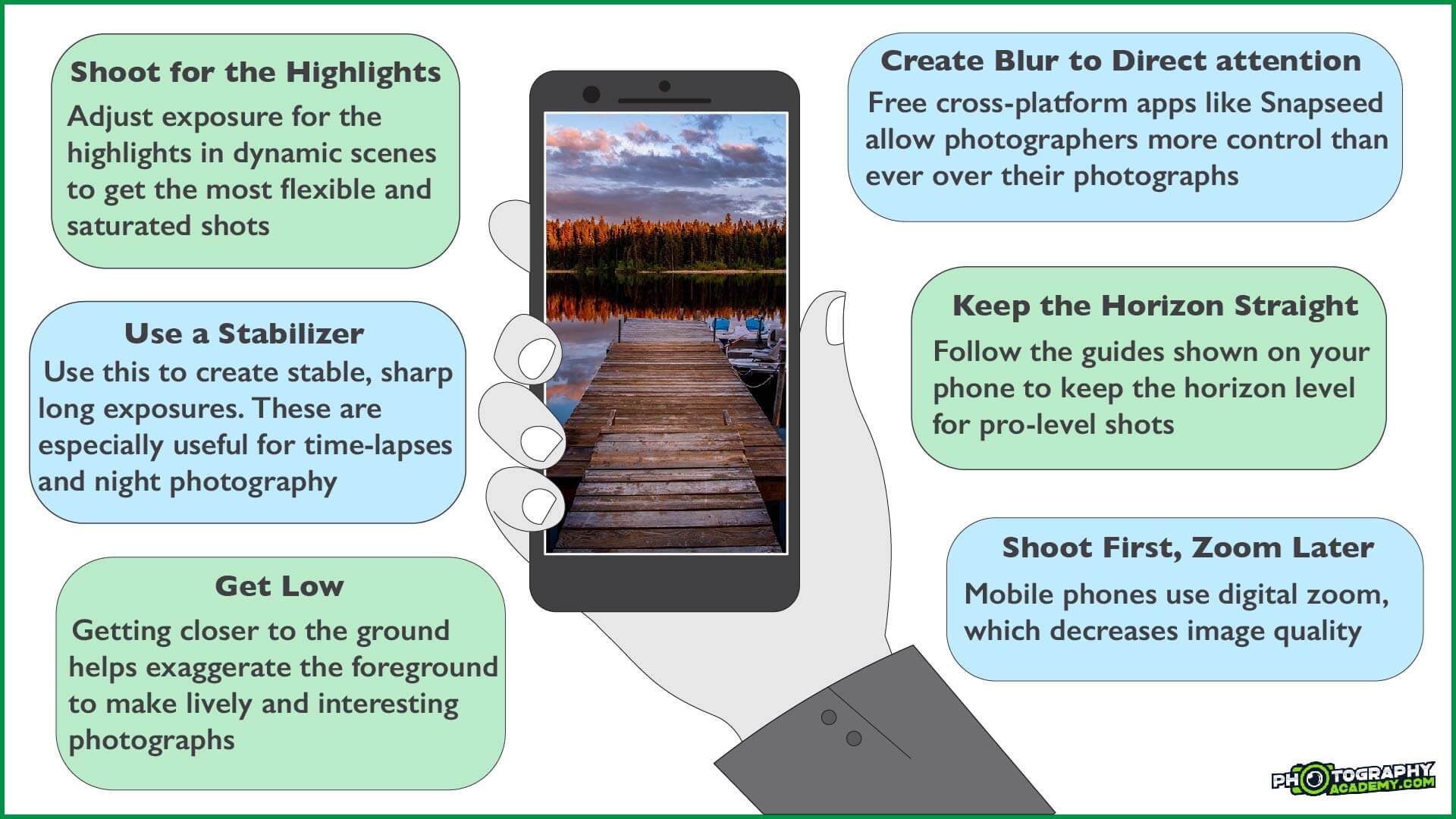
1. Shoot First, Zoom in Post
The problem with fixed camera lenses is that zooming in is exactly the same as cropping the image. This means that the further you zoom in, the less detailed the image is going to become. It’s the same as ‘digital zoom’ on my first ever point-and-shoot camera. It was cool to be able to do until you saw the image on a larger screen and found that you lost a lot of the information.
Mobile phones are way better than that due to their higher megapixel count, but you’ll still lose a lot of details when zooming in all the way. The best possible outcome will happen if you move closer, or “zoom with your feet” as all the old men on the Internet say. But that’s not always possible or practical. So the best way to ensure you’re getting the most out of your camera is to take the photo, and then crop it in post-production. You’re also likely to find a bunch of new compositions that you never even thought about while you were there.
The cool thing about editing photos is that it teaches you what to look for to make better ones next time. Basically, it’s the same as doing your homework. Where spending more time on a particular subject makes you learn more about it, and know what questions to ask, in the long run.
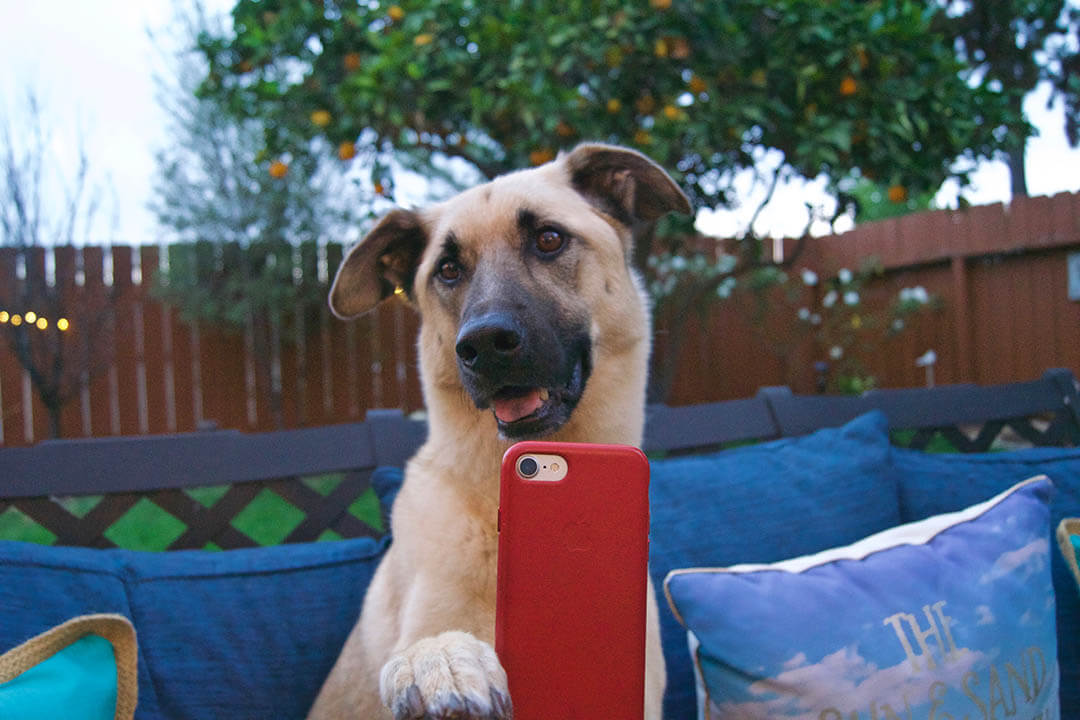
2. Get Low
Because mobile phones typically have wide-angle lenses, getting low can make subjects far more interesting. Getting low will elongate the foreground in your images, and make them look more interesting to the viewer. They will see details that would never stick up before. Like flowers, bushes, and the faces of rocks.
Make the foreground meet the background on the bottom third, and you’ll create a beautiful balance to your photograph. Mobile phones typically have a thirds overlay that’ll help you achieve this more evenly — as well helping you keep the photos straight.
It’s like bending down to take a photograph of a child. From above, the photos aren’t that interesting. But when you get down and see them face to face, the images feel more intimate and personal.
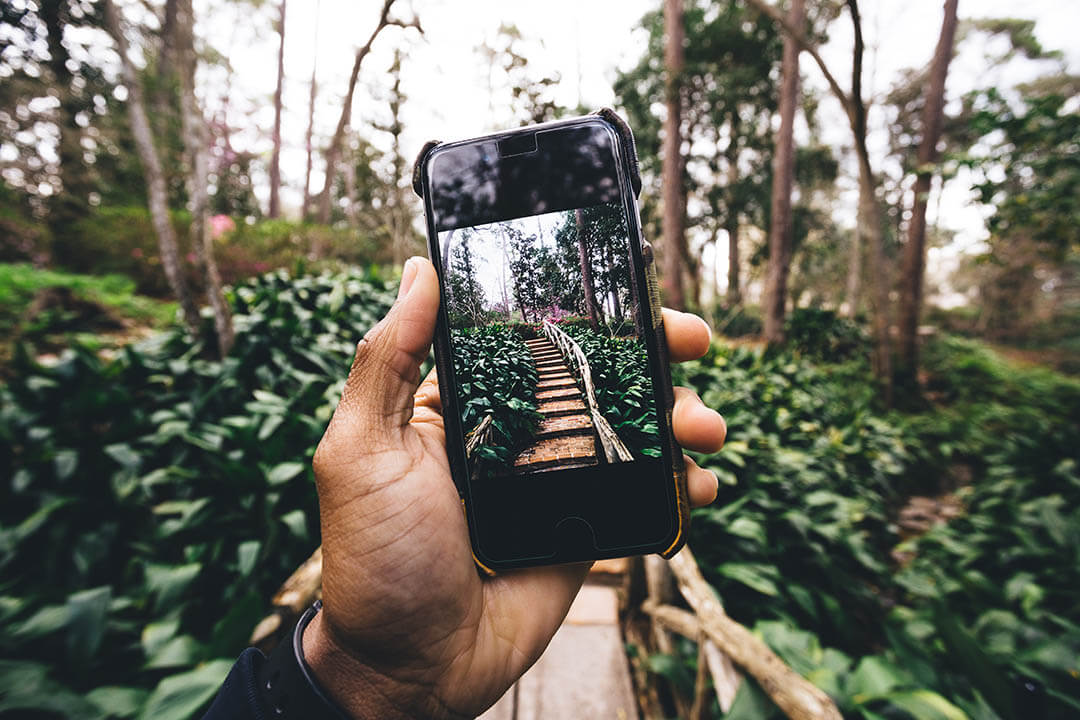
3. Turn your phone upside down to get close to puddles
The first time I saw somebody do this, it absolutely blew my mind. Reflections in puddles require you to get close to the surface. If you’re looking down at them, you’ll just see the sky instead of the scene unfolding in front of you. But the way we naturally hold our phones makes getting the puddles tricky if you don’t want to submerge the bottom half in the water.
So to overcome this, just turn the phone upside down and snap away! I also use this when I’m taking photos of small flowers, mushrooms, or other objects that are difficult to get up close to.
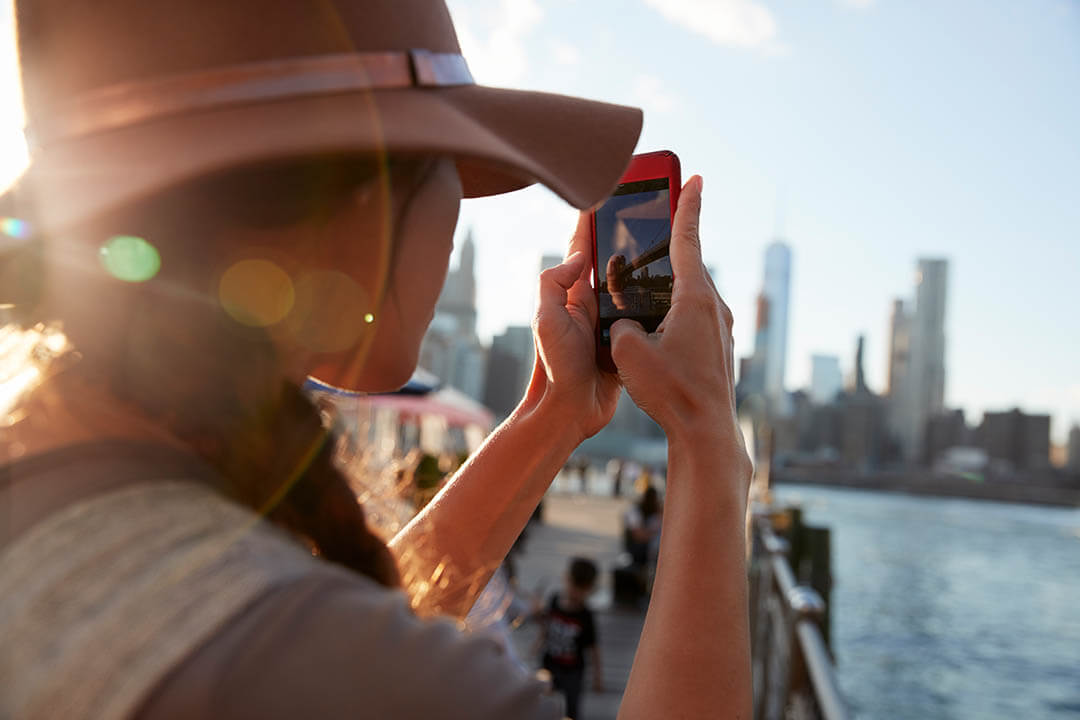
4. Wait until Sunrise or Sunset
This is good advice no matter what camera you’re using. I’m including it here because it’s by far the best advice for landscape photography, period. Sunrise and sunset add contrast to the scene, by casting larger shadows and adding dramatic colors to the sky. So going out at these times will increase your chances of coming away with inspirational photographs every time.
Go out at golden hour or blue hour to get some unique lighting conditions. Mobile phones typically have built-in HDR, so they have a major advantage in being able to capture all the different colors of the sky and landscape at these times of the day. DSLRs, on the other hand, require you to do the HDR processing manually.
But the skies don’t always have the best shows. It’s hard to know when is going to be the best day to get that drama, but you can increase your chances of running into the perfect, cotton-candy sunsets by looking for the conditions set out in this article.
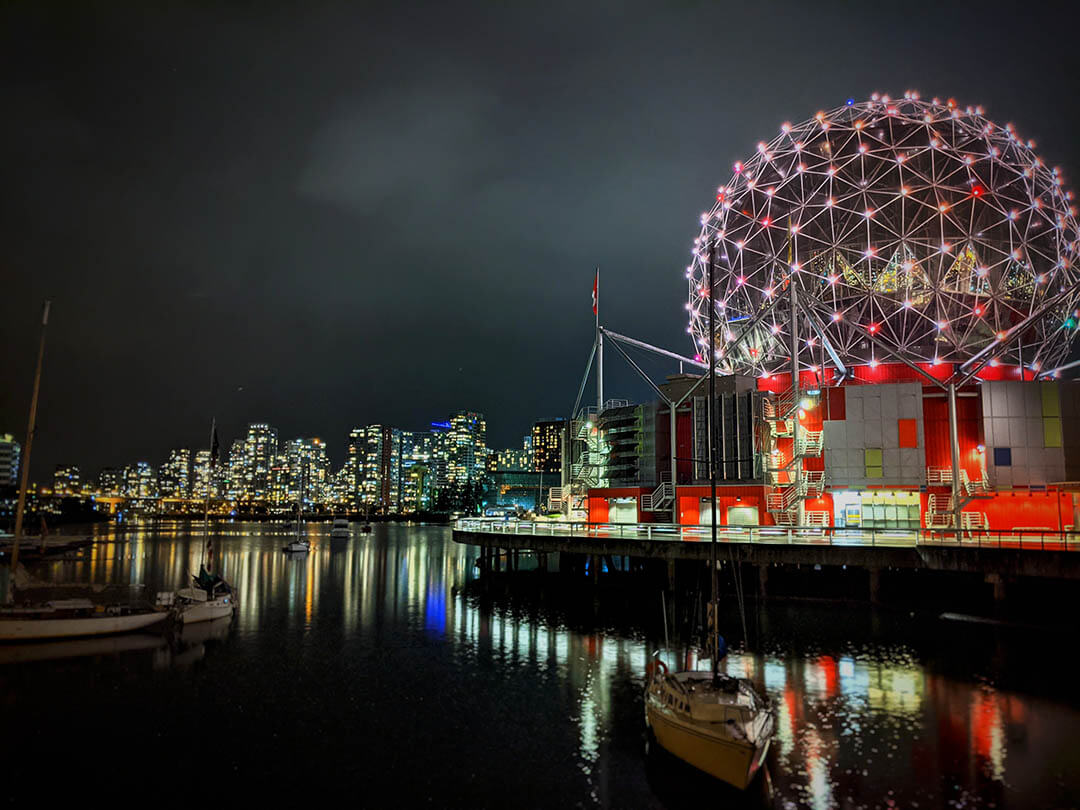
5. Shoot for the highlights
Mobile phones suffer from the same limitations as DSLR image sensors, where shadows can always be brought up, but the highlights are unrecoverable. Most mobile phone cameras are really good at leveling out the exposure, making sure that there are enough details in the highlights.
To get the best images possible, you should always tap the screen to focus, and then try adjusting the exposure. A darker sky means there is more color information available. It’ll have more saturation, and give you a lot more room to play around with contrast in post-production. Because of this, I almost always bring the exposure down when I’m taking landscape photographs.
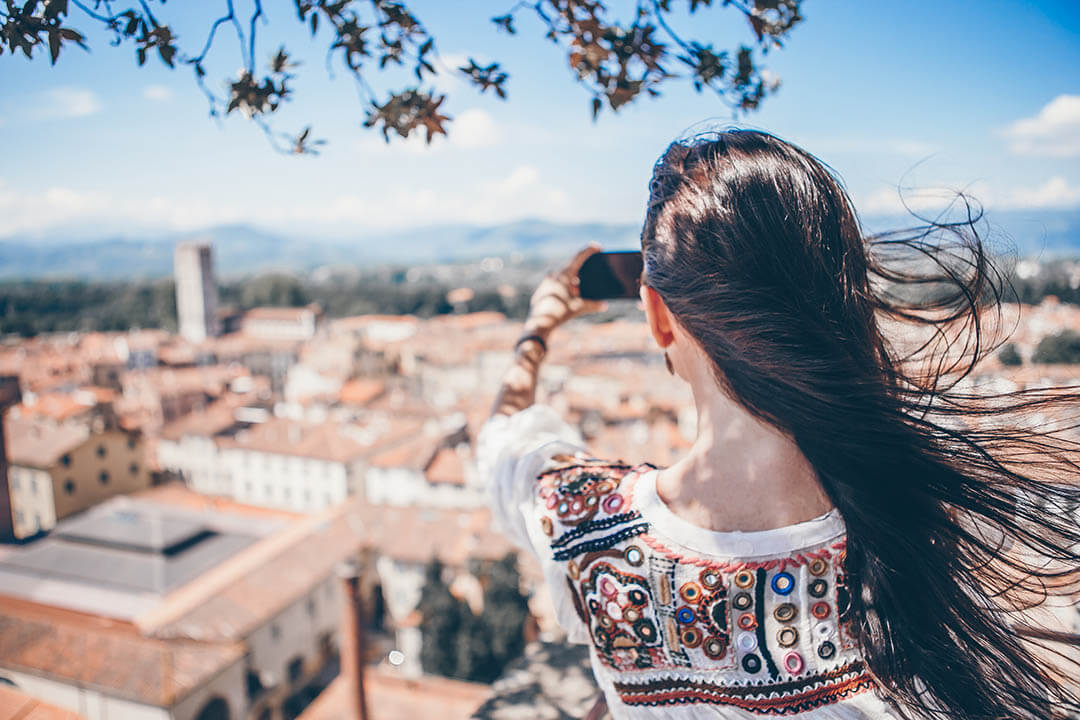
6. Straighten the Horizon
My biggest pet peeve when looking at landscape photographer’s work is when the horizon isn’t level. Mobile phones make it so easy to level your photos! Nearly every camera has a little level that pops up when you tap the screen to reduce the exposure.
If you don’t do this, you’ll end up having to level and straighten the photos again later in post-production. But you might end up cropping out some of the important details! So it’s always better to spend a couple of extra seconds when taking the photo to make sure it’s worthwhile.
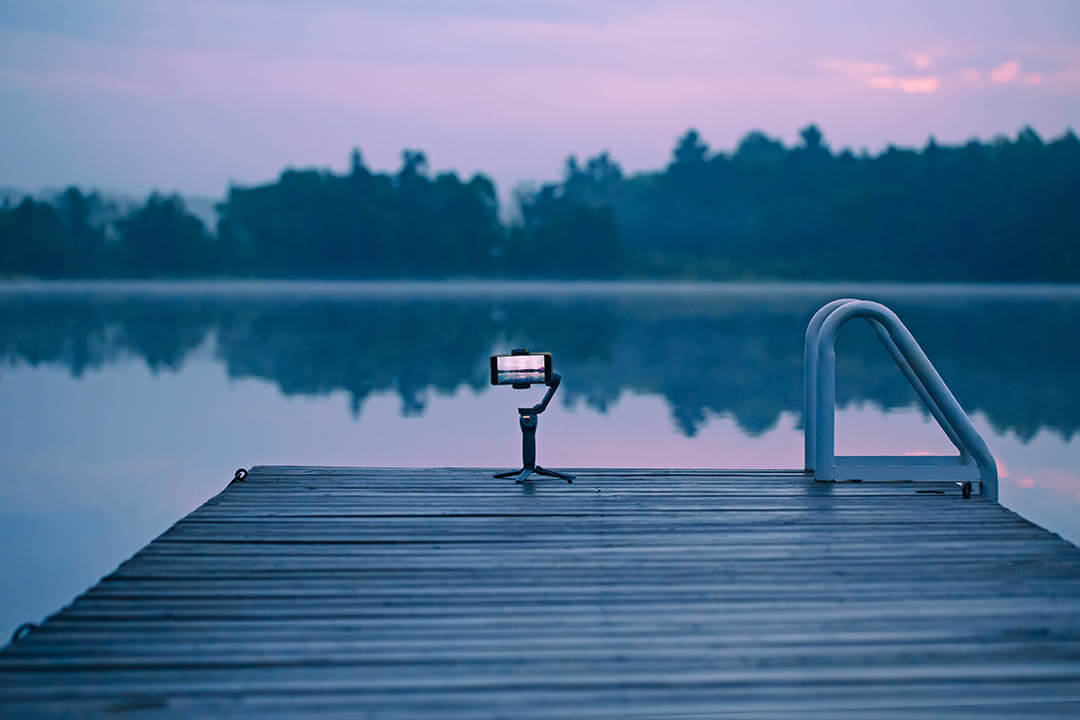
7. Use a tripod or Stabilizer
Mobile phones are much better than DSLRs at keeping images steady. One of the issues with having a large, high-megapixel sensor is that cameras are very susceptible to sharpness-ruining motion blur. Most mobile phones are the market do have built-in image stabilization. But if you’re taking long exposures, time lapses, or using other features, this won’t be enough to stop motion blur.
The best thing that you can do is to purchase a little phone stand or tripod. The ones for mobile phones don’t cost very much money. They don’t have to stabilize a lot of weight and are typically very small. So they’re lightweight and easily fit into your water/snack bag on hikes, and they’re really important for the next tip.
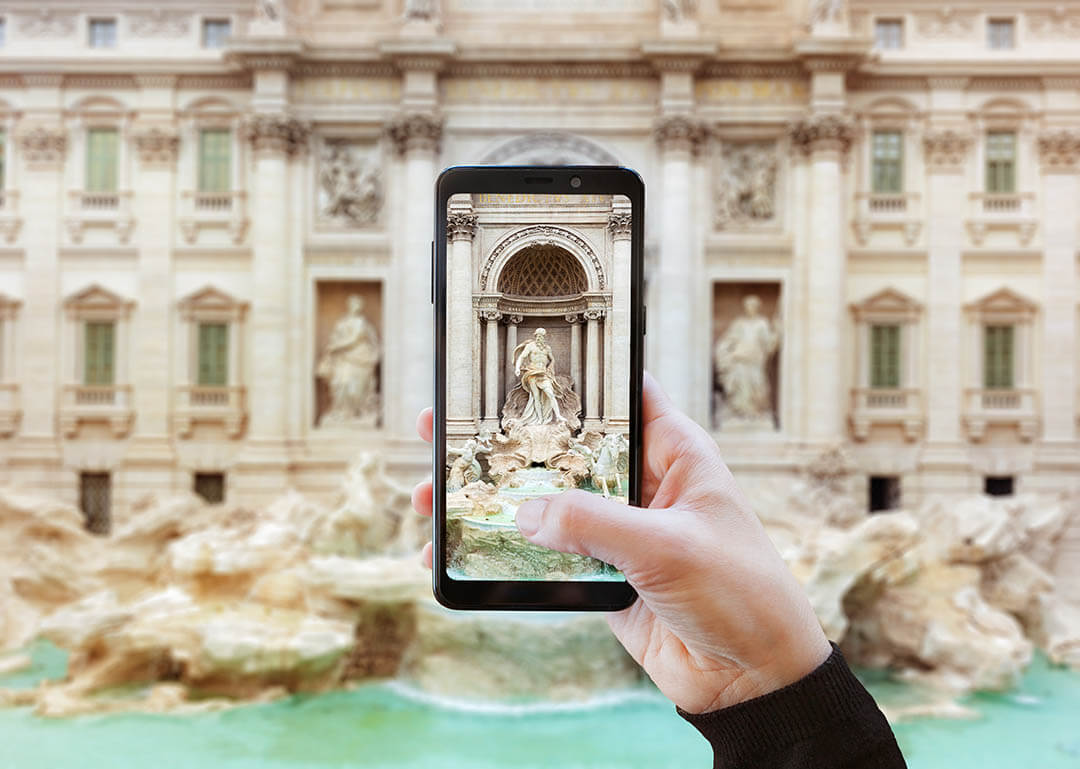
8. Make a Timelapse
Timelapse photography is a beautiful form that allows you to see the passage of time in seconds. Even a minute-long recording will show you patterns and waves in the sky that are too slow to see with the naked eye. It’s a form of photography that’s made so easy on mobile phones thanks to built-in stabilization, and computational photography that takes all the math and post-production out of the process.
If you have a tripod or phone stabilizer, this will be key to making great time-lapses. Set it up, choose the speed, and leave the phone to record for as long as it takes.
Timelapse Tips:
- 5x Speed is perfect for capturing emotion and scenes with friends and family. Turns 1.25 minutes into 15 seconds.
- 10x Speed is best for when you’re on the move. Think planes, cars, bike rides, boats, or even going for a walk. Try to keep the camera steady so the video isn’t too jerky. 2.5 minutes turns into 15 seconds.
- 30x Speed is great when you’re set up on a tripod and are capturing motion across a city, or other location. Great for capturing weather over 10-30 minutes. 7.5 minutes recording makes a 15-second video.
- 120x Speed is for changing light and dramatic weather changes. Think turning a rainstorm into a sunny evening. This speed requires 30 minutes of recording to make a 15-second video.
9. Use Snapseed to add contrast and adjust your photos on the go
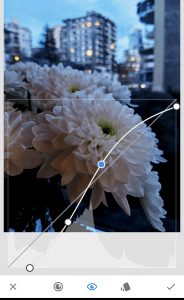
The most fun part about mobile photography is that you can publish the photos right after you take them. There are plenty of free mobile apps out there that’ll allow you to make major changes to your photographs. But the best one is Snapseed. It’s a free application by Google that works on iOS and Android phones, and it provides full functionality without ads.
This application will start with filters that can make overall dramatic changes in seconds. But the best functionality comes from the tools. Here you can use curves, edit the shadows and the highlights to increase contrast, and otherwise make beautiful photographs. Contrasty images keep people viewing images online longer. So having well-edited photos will give a signal to Instagram that they should be showing your content to more people. Mobile phones make these adjustments so easy, that there’s really no reason not to do it!
[twenty20 img1=”2864″ img2=”2850″ offset=”0.5″ before=”Before edits” after=”After Edits”]
10. Add blur and vignettes to your photographs to direct audiences
Once your contrast is good to go, Snapseed also has built in tools to create bokeh and vignettes to direct the viewer’s attention onto your subject. It’s crazy how it’s no longer necessary to purchase a set of expensive lenses to get this effect.
These adjustments are found at the bottom of the tools section. Use them lightly to blur and darken the corners of your photographs so that the viewer’s attention is directed to the middle of the frame, or the location your subject is in. This is really powerful when it’s used well, and it’s an effect that I use on almost all of my landscape photographs.
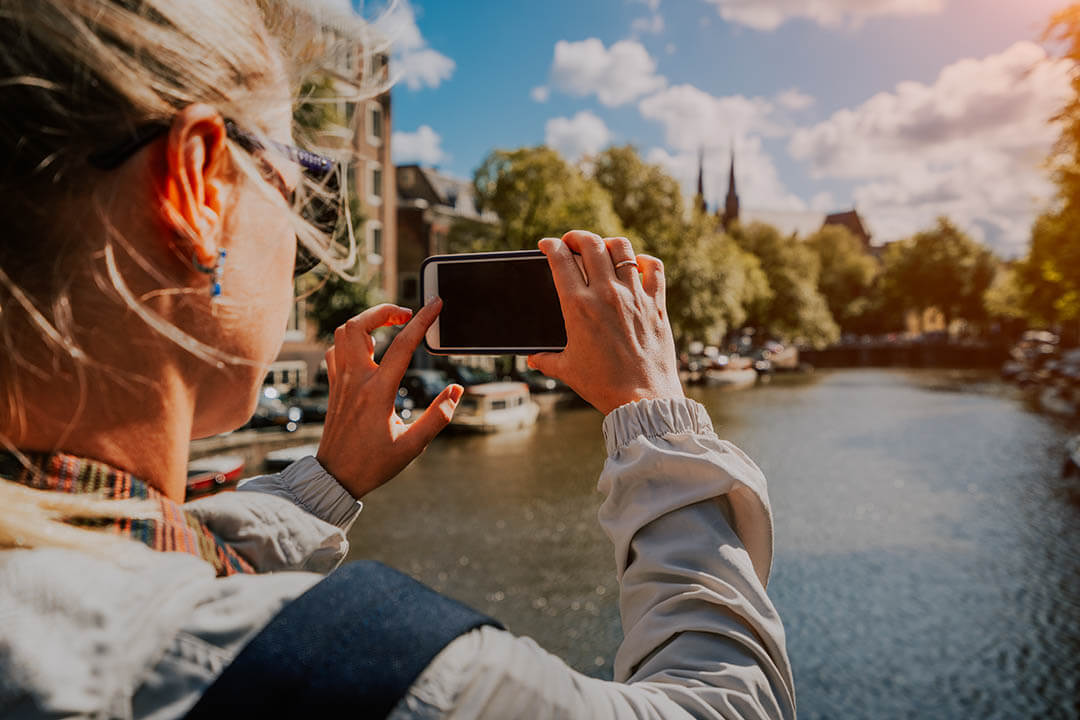
11. Use Lightroom and Photoshop to remove distractions
There is always a time and place to bring photos from your phone over to your computer. Not even Adobe is able to give you the most powerful tools on mobile phones — a full Photoshop experience requires 20Gb of space on a hard drive, and requires 8Gb of Ram. That’s crazy heavy.
So when you need to remove rocks, add in a more dramatic sky, or do other further tweaks that require some extra processing power, you’ll have to bring your photos onto your computer. Doing this, though, will get you far ahead of the competition. Most people are unwilling to do more edits than Instagram will allow them to do. So taking on these advanced editing methods will make your photos stand loud and proud.
Keep learning more about photography
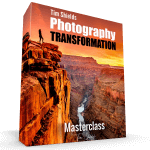 The best thing that you can do to speed up the pace of making photography a career is to start learning from the pros. There is a lot of good information out on the blogs, but the secret sauce that turns great photos into award-winning shots isn’t free. Over the years, I’ve developed a four-step system for landscape photography. And that system has been the key driver of all my successful photographs. The ones that have won awards at Master Photographers International and the Epson Pano Awards were all taken using this simple system. It’s an absolute game-changer. And best of all, it doesn’t require you to upgrade your equipment! Find out more in my free online web class!
The best thing that you can do to speed up the pace of making photography a career is to start learning from the pros. There is a lot of good information out on the blogs, but the secret sauce that turns great photos into award-winning shots isn’t free. Over the years, I’ve developed a four-step system for landscape photography. And that system has been the key driver of all my successful photographs. The ones that have won awards at Master Photographers International and the Epson Pano Awards were all taken using this simple system. It’s an absolute game-changer. And best of all, it doesn’t require you to upgrade your equipment! Find out more in my free online web class!

